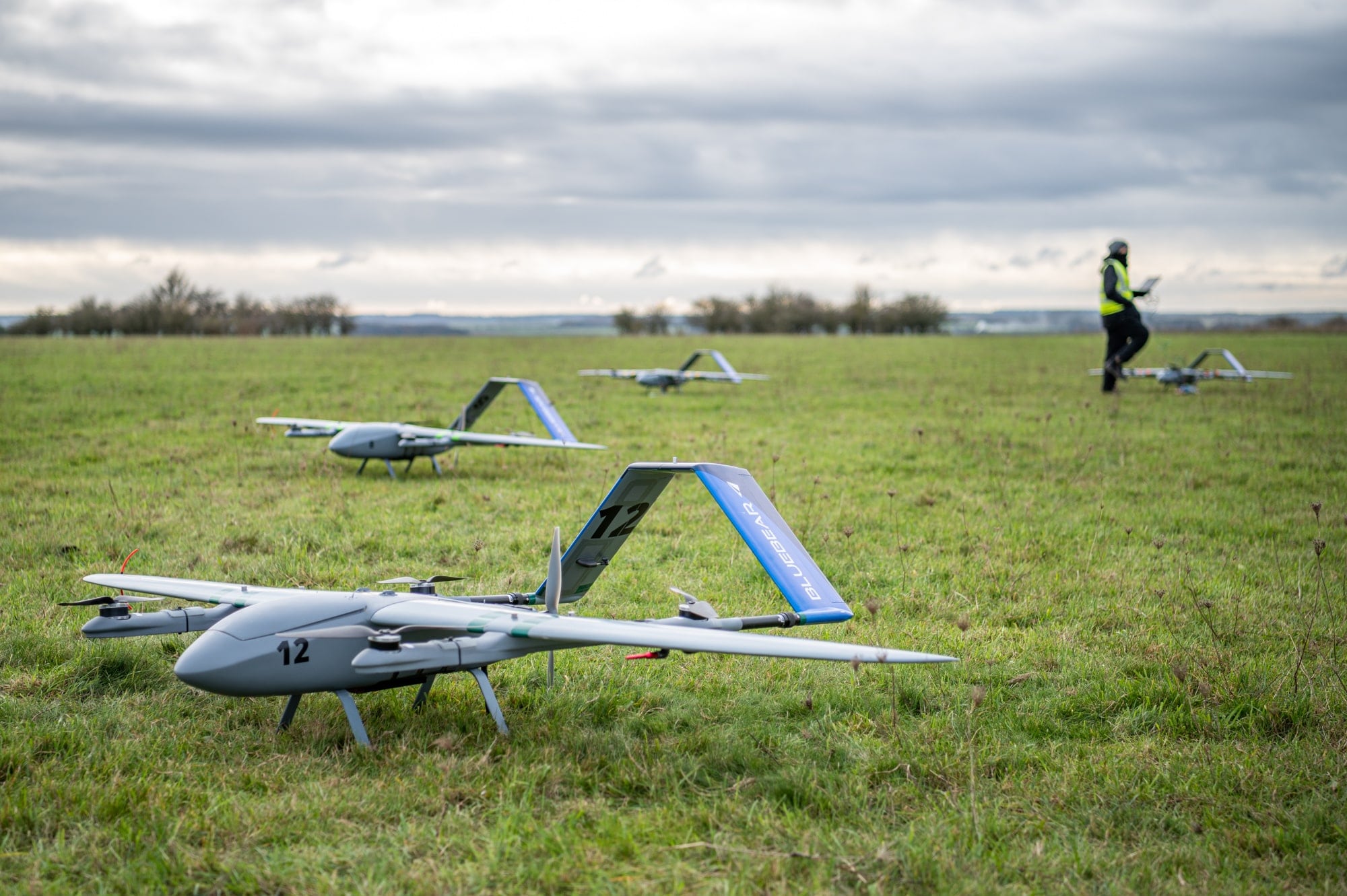WASHINGTON — Most of the talk to date about the American, Australian and British submarine pact known as AUKUS has focused on what’s known as Pillar I, the sprint to supply Australia with its own nuclear-powered submarine.
The partnership’s second pillar, centered on advanced technology such as hypersonic missiles and quantum computing, seemed further away.
That is now changing, according to the Pentagon.
Defense Secretary Lloyd Austin on Friday held an encore AUKUS summit with his counterparts from Australia and the United Kingdom with an agenda squarely focused on Pillar II.
“Again and again, AUKUS proves that we are stronger together, and every day, we move closer to our shared vision of a free and open Indo-Pacific,” Austin said at a press briefing following the summit.
Australian Deputy Prime Minister Richard Marles said Friday’s meeting will one day be viewed as critical and “a watershed in the progress of Pillar II of AUKUS.”
“AUKUS represents a powerful combination of countries working together, which is sending a really important message to the world,” Marles said.
During the meeting at the Defense Innovation Unit in in Mountain View, California — the Pentagon’s innovation arm — the three countries’ message was, in part, that the second pillar is made of more than aspirations.
In doing so, they announced a host of efforts seeking to bolster both high-tech capabilities and the industry that might provide it.
First, the AUKUS countries will hold a series of joint maritime drone exercises, meant to deliver such platforms faster, better sync each other’s systems and allow the companies participating in them to showcase their offerings.
Speaking with reporters before Friday’s meeting, a senior defense official wouldn’t specify the number and kind of systems that will feature — but mentioned U.S. Central Command’s Task Force 59, which experiments with naval drones.
Second, the AUKUS countries will begin a “prize challenge” led by the Defense Innovation Unit in which American, Australian and British companies can compete for a reward — something like “Shark Tank” for weapons.
The inaugural topic will be electronic warfare, which the official said was chosen because it aligns well with the three countries’ national defense strategies. The official wouldn’t specify the dollar amount at play or how often the challenges may occur.
Austin said at the conference the first electronic warfare challenge will begin in early 2024.
Additionally, the three countries will host an AUKUS industry forum in the first half of next year focused on Pillar II.
Lastly, Austin and his counterparts discussed progress on specific capabilities, including the testing and deployment of shared AI.
As an example, the senior defense official cited buoys operated by AUKUS countries in the Indo-Pacific, which scan below the sea for enemy systems. These sensors relay data to aircraft flying above, such as P-8 maritime patrol aircraft. America, Australia and the U.K. have been testing and deploying AI algorithms that will allow each country to process data sent from each other’s buoys, allowing them to better hunt enemy submarines.
The official wouldn’t give an exact timeframe for the platform to become operational, only saying it was a “short-term” capability.
Marles said at the briefing the technological advancements the three nations are hoping to make under AUKUS — particularly resilient precision targeting, maritime drones, and technology allowing faster decisions on the battlefield — will be especially important for Australia, given its status as an island nation and its distance from other parts of the world.
“Our needs lie in maritime capabilities, but longer-range capabilities ... that allow us to project,” Marles said. “When we look at the technologies that we are working on as three countries, they are highly relevant to the specific needs of the Australian Defence Force.”
Despite the announcements, AUKUS Pillar II faces challenges, the official acknowledged.
Most troublesome, perhaps, is America’s International Traffic in Arms Regulations, which tightly controls defense exports.
Congress is considering multiple proposals to reform ITAR, which could also spring free a “substantial contribution” the official said Australia has offered to boost America’s slogging submarine industrial base. The investment is reportedly $3 billion.
The official wouldn’t say which proposal being debated in Congress the Pentagon prefers and said the trilateral drone exercises could proceed without legislative reform. But other Pillar II goals, the official said, are at risk.
“The deeper we go in capability collaboration and the broader we go … the more that the legislative proposal becomes essential,” the official said.
Stephen Losey contributed to this report.
Noah Robertson is the Pentagon reporter at Defense News. He previously covered national security for the Christian Science Monitor. He holds a bachelor’s degree in English and government from the College of William & Mary in his hometown of Williamsburg, Virginia.








